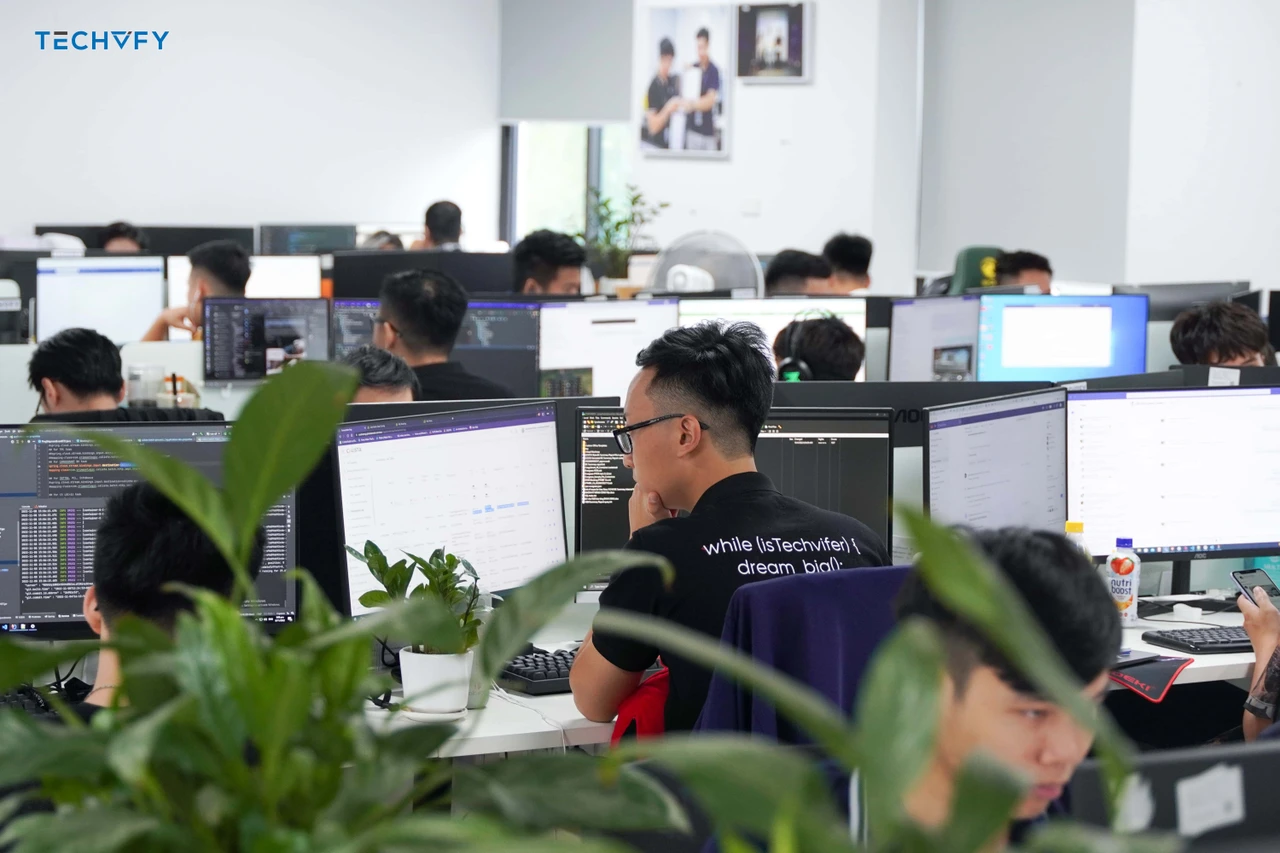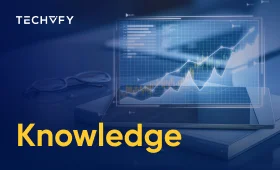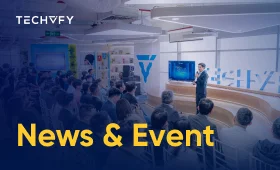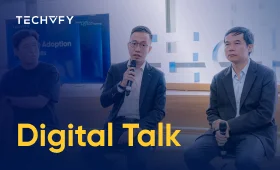Fixed Price Vs. ODC: Which model is better?
Choosing the right pricing model for your software project can feel overwhelming. If you’re a startup founder or a product manager, you’ve probably come across two common options: the Offshore Development Center (ODC) model and the Fixed Price model. Each one works differently, and picking the right fit can really shape the outcome of your project.
The ODC model is like building a long-term remote team that works closely with you, almost like they’re part of your company. It offers flexibility and room for changes as your project grows. The Fixed Price model is more structured. You define the scope and budget upfront, and the vendor delivers based on that agreement.
According to Deloitte’s Global Outsourcing Survey 2022, 65% of companies said they were shifting to more agile, flexible outsourcing models to meet changing business needs., especially for projects that evolve over time. That shows just how much the industry is shifting.
In this blog, we’ll explore how each model works, what makes them different, and how to decide which one fits best with your goals. Let’s walk through it together.
I. What is A Fixed-price Model?
Fixed price is a custom software development model based on an estimate of the amount of work needed. Therefore, scope, time, and cost are all fixed in a fixed-price model.
First, project requirements need to be clarified by the client to define the scope of work. Then the contractor will calculate the price and timeframe based on the information. Wireframes also need to be created to help the development team figure out the hours necessary to implement all features. The contractor will track the development process, and the team will maximize the precision of their estimates.
In the fixed-price model, clarifying everything before the actual development is crucial to estimate the software product precisely. By doing so, the fixed price model can guarantee that the software will be done and delivered within a specific timeframe and budget.
The type of project that would be a perfect match with the fixed-price model:
- Clear requirements.
- Determined deadlines.
- Limited or fixed budget.
- MVPs (Minimum Viable Products).
- Small projects with a limited project scope.
What Are the Key Benefits of the Fixed Price Model?
The Fixed Price software development model is a popular choice for projects with clear goals and well-defined requirements. It offers several advantages—especially when you’re looking for predictability, structure, and simplicity.
Budget Certainty from Day One
One of the biggest benefits of the Fixed Price model is knowing exactly how much the project will cost before it begins. This makes budgeting easier and gives you peace of mind. There are no surprise expenses along the way, and depending on your agreement, your development partner may absorb the risk of any cost overruns. That means more predictable project planning and fewer financial headaches.
A Clearly Defined Scope
Fixed price contract software development requires detailed planning up front, including a clearly defined scope, timeline, and deliverables. You’ll need to outline the scope, features, timelines, and deliverables before the work begins. While this takes a bit more effort early on, it pays off by setting clear expectations for everyone involved.
Once the scope is locked in, you can step back and let the development team take over. This hands-off approach frees up your time and energy to focus on other parts of your business while your project is being built in line with the agreed plan.
Learn More On:
II. What is ODC in Software Development?
If you’ve ever wondered what is an ODC, it stands for Offshore Development Center, a flexible outsourcing model that allows businesses to build dedicated remote teams. This outsourcing model is also called Time and Material (T&M). Based on its name, you can see the differences between a fixed-price project and an ODC project.
In this model, the price you pay reflects the time spent by developers working on the project and other people like project managers, team leads, etc., the resources used in the process, their hourly rates, and other components.
In other words, the offshore software development team will be an extension of the client’s software team. Customers are charged for the number of hours spent on a specific project plus the costs of materials.
When can a business take advantage of an ODC contract:
- Long-term projects.
- Dynamic requirements.
- Unclear project.
- Willingness to manage the project.
- Require flexibility to modify the scope or vary the workloads.
Benefits of Offshore Development Center (ODC) Services
Thinking about setting up an Offshore Development Center? You’re not alone. More and more businesses are turning to the ODC model to scale their tech efforts, cut costs, and tap into global talent. Let’s explore some of the key reasons why this approach might be the right fit for your company.

Stronger Control Over Security and Risk
One of the biggest advantages of an ODC over traditional outsourcing is how much control you retain over security and risk management. You can set your own standards—everything from physical office security to data protection protocols and compliance requirements.
This model lets you build a secure, custom environment tailored to your company’s needs. You decide how infrastructure is set up, which security measures to enforce, and how to maintain business continuity. However, it’s important to note that if your security or compliance needs can’t be met in the offshore location, no amount of cost savings will justify the risk.
Access to a Wider Talent Pool
Hiring skilled developers is still one of the top struggles companies face. Deloitte reports that about 50% of businesses cite talent acquisition as a major challenge. Offshore development helps solve this by expanding your reach beyond local boundaries.
By going global, you can find specialized talent in areas like AI, machine learning, and extended reality—skills that might be hard to source locally. This makes it faster and easier to build the right team for your project.
Significant Cost Savings
Budget is often a deciding factor in software development decisions. And offshoring can offer serious savings. According to Accelerance, companies can reduce development costs by 39% to 72%, depending on the offshore destination.
Lower labor costs, reduced office expenses, and favorable tax conditions in many regions all contribute to these savings. An ODC allows you to invest more in innovation and less in overhead.
Simplified Hiring and Team Management
Hiring a remote team on your own can be time-consuming and complicated. You’d need to handle recruitment, HR, legal compliance, and set up the right infrastructure from scratch.
But when you partner with an experienced ODC provider, much of this is handled for you. They take care of sourcing vetted talent, managing day-to-day operations, and ensuring compliance with local laws. You still have a say in who joins your team—but without the hassle of managing the entire process.
On-the-Ground Market Insights
If you’re thinking about expanding into a new region, having an ODC in that location can give you an edge. Your offshore team can help you better understand the local culture, preferences, and market trends.
They can support tasks like product localization, user research, and adapting your design to fit regional behaviors. This local knowledge can make your product more appealing and relevant to new audiences.
Around-the-Clock Coverage
ODCs work alongside your in-house team, often in different time zones, which makes ODC project management a strategic advantage for ensuring 24/7 productivity and responsiveness. That means when your team signs off for the day, your offshore team can keep things moving.
This helps you maintain 24/7 operations, accelerate development cycles, and respond quickly to issues. It’s especially useful for tasks like product maintenance, customer support, and system monitoring.
Full Operational Control
With a dedicated ODC, you’re in the driver’s seat. You can shape every part of the operation—from workflows and tools to quality standards and communication practices.
In a customer-owned ODC, you build the team and set the rules. In a vendor-owned model, you still benefit from high levels of customization, but the vendor takes on the administrative and operational load. Either way, you get a setup that aligns with your goals and processes.
Have a Project Idea in Mind?
Get in touch with experts for a free consultation. We’ll help you decide on next steps, explain how the development process is organized, and provide you with a free project estimate.
III. Fixed Price vs ODC Model: A Side-by-Side Comparison
The comparison table below will give you the clearest view of offshore software development: What are the main differences between the ODC vs. Fixed Price Model?
| Offshore Development Center | Fixed Price Model | |
| Client | It can be suitable for any client, from software companies, end customers, and groups, individuals, etc. | The client needs software development experience to discuss the technical aspects effectively. |
| Requirement Specification | The requirements can be finalized after starting and gradually perfected throughout the development process. | All the requirements are cleared, discussed, and agreed upon at the first step of the process. |
| Project Startup Time | The project starts immediately as soon as the client and development team agree on the resources and contract terms. | An internal assessment process needs to be done before kicking off the project. This process involves prudent feasibility analysis, requirements comprehension, workload estimation, etc. |
| Total Price | The client can control the total price of the monthly fee by flexibly adjusting the ODC team. | An accurate quotation is provided at the beginning of the software development project. The final price won’t be much different from the initial estimation as long as the requirements stay the same. |
| Management Level | Allow clients to monitor progress as developers present reports on work accomplished. | Little to no management. All project details are defined in the contract so that project management can be passed down to the project manager. No excessive supervision is required on the part of the client. |
| Requirements Change | Clients can freely change the resources’ work content or adjust the priority of different tasks in the development lifecycle. | In the development lifecycle, if requirements are changed, the development team might need to re-estimate the total workload, adjust or remake the project plan, re-negotiate the cost for the requirements change, add or remake the contract, etc. |
| Delivery Deadlines | Uncertain deadlines. Any adjustments to the project can postpone the final release and the project can become overdue. | Strict deadlines because a clear plan and definite delivery timeframes have been agreed on at the very first step. |
| Approaching Method | Suitable when using Agile project management. | More preferable to traditional project management methodologies like the waterfall model. |
IV. Why offshore software development works well?
Each model has its own advantages as well as disadvantages that would be suitable for different kinds of projects. Choosing a fixed-price project or ODC model depends on both your needs and the company’s approach to software development.
A fixed-price model should be used if the customer clearly understands their project and has a limited budget. On the other hand, if the project is quite flexible and requirements tend to change frequently, then the ODC model would be a better choice.
However, it is undeniable that many software development companies are moving away from fixed-price contracts and towards the time and material approach. An ODC model offers greater flexibility and a better end product than the fixed-price model.
Discover more in our new articles about topic comparison: What is the difference between A Quality Assurance Analyst and A Business Analyst?
In short, you should decide whether they prefer certainty or the prospect of lower costs when the work can be completed efficiently and select the best and most profitable model for your business.
Final Thoughts
Both the ODC model and Fixed Price software development approach offer distinct advantages—your decision depends on project requirements, timelines, and flexibility. The key is understanding your project’s needs—do you value flexibility and long-term scalability, or are you working with a fixed scope and timeline? The right model can help you stay on budget, accelerate delivery, and maintain high-quality standards.
No matter which path you choose, having the right partner makes all the difference.
At TECHVIFY, we’ve earned our reputation as a trusted partner in offshore software development by delivering tailored solutions, transparent communication, and consistent results. From startups to enterprises, we help businesses build high-performing tech teams that drive innovation and growth. Get in touch with TECHVIFY for a free consultation and let’s explore how we can bring your ideas to life—on time, on budget, and beyond expectations.
TECHVIFY – Global AI & Software Solution Company
From Startups to Industry Leaders: TECHVIFY prioritizes results, not just deliverables. Accelerate your time to market and see ROI early with high-performing teams, AI (including GenAI) Software Solutions, and ODC (Offshore Development Center) services.
- Email: [email protected]
- Phone: (+84)24.77762.666






